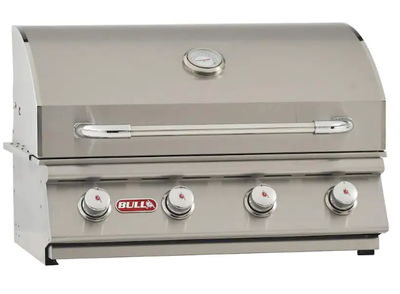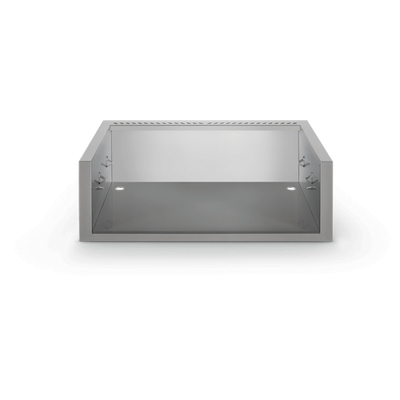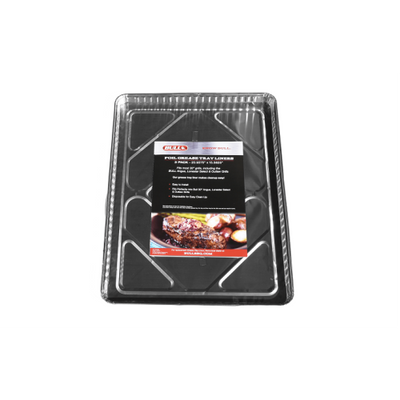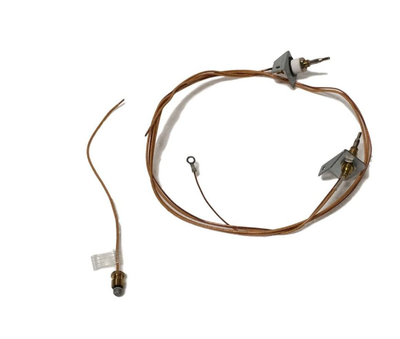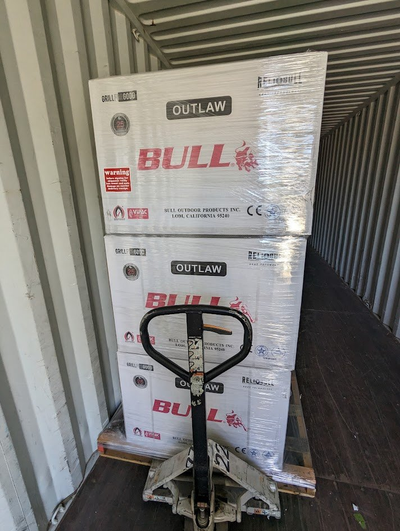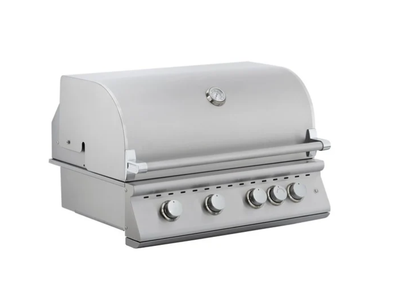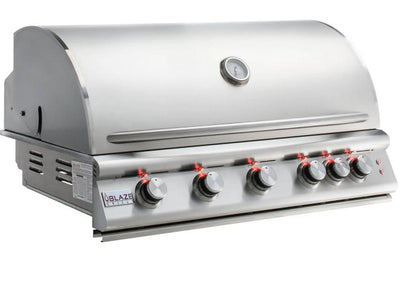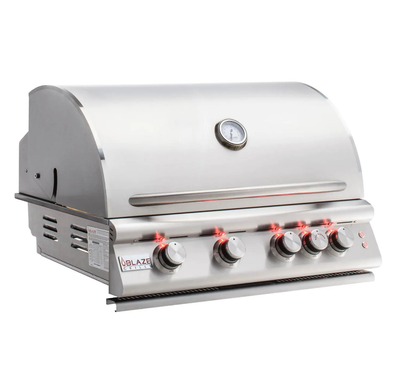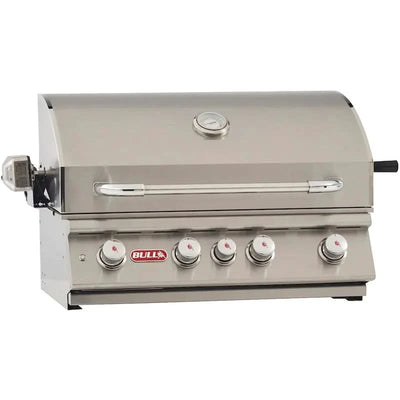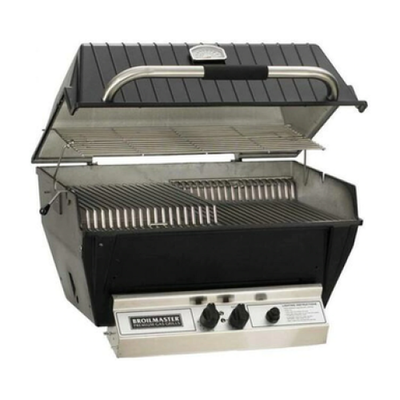Outdoor Refrigerator Maintenance: Tips and Tricks for Longevity

Having an outdoor refrigerator is a fantastic addition to any outdoor kitchen, providing convenient access to chilled beverages and fresh ingredients while entertaining guests. However, to ensure its optimal performance and prolong its lifespan, proper outdoor refrigerator maintenance is crucial. This comprehensive guide will walk you through essential maintenance tips, seasonal care, cleaning methods, and more, to help you keep your outdoor fridge in top condition.
Importance of Regular Maintenance
Outdoor Refrigerator Maintenance
Regular maintenance of your outdoor refrigerator is essential to keep it functioning efficiently and to extend its lifespan. Neglecting routine care can lead to reduced performance, higher energy consumption, and costly repairs.
By integrating outdoor appliance cleaning into your regular maintenance routine, you can prevent common issues and ensure that your refrigerator remains reliable throughout the seasons.
-
Efficiency: Regular maintenance helps your fridge operate efficiently, keeping your food and beverages at the desired temperature without excessive energy consumption.
-
Durability: Consistent care and cleaning help prevent wear and tear, thus prolonging the life of your appliance.
-
Safety: Proper maintenance reduces the risk of electrical or mechanical failures, ensuring safe operation.
How to Clean an Outdoor Fridge
How to Clean an Outdoor Fridge
Cleaning your outdoor fridge is a fundamental aspect of maintenance. Here’s a step-by-step guide on how to clean an outdoor fridge effectively:
-
Unplug the Fridge: Before cleaning, always unplug the refrigerator to avoid electrical hazards.
-
Remove All Contents: Empty the fridge of all food and beverages. Dispose of any expired or spoiled items.
-
Shelving and Storage Bins: Take out the shelves and drawers, then clean them thoroughly with warm, soapy water. Rinse thoroughly and let them air dry.
-
Interior Cleaning: Wipe down the interior surfaces with a mixture of warm water and mild detergent. Gently wipe surfaces with a soft cloth or sponge to prevent scratches. For tough stains, apply a baking soda and water paste for effective cleaning.
-
Exterior Cleaning: Clean the exterior with a stainless-steel cleaner if applicable. Ensure that the cleaning solution is suitable for outdoor use to avoid damage.
-
Door Seals: Clean the door seals with a mixture of water and vinegar to prevent mold and ensure a proper seal. Inspect for any wear or damage and replace components as needed to maintain optimal performance.
Seasonal Fridge Care Tips
Seasonal Fridge Care
Different seasons bring different challenges for maintaining an outdoor refrigerator. Here are some seasonal fridge care tips:
Spring and Summer:
-
Increase Cleaning Frequency: With higher usage in warmer months, clean the fridge more frequently to prevent any buildup of dirt and debris.
-
Check for Debris: Clear any debris from around the fridge to ensure proper ventilation and airflow.
-
Regular Inspections: Inspect the fridge for any signs of wear and tear, such as door seal integrity and cooling efficiency.
Fall and Winter:
-
Temperature Adjustments: As the temperature drops, adjust the thermostat to prevent the fridge from overworking.
-
Prepare for Winterization: If you plan to not use the fridge during winter, follow the winterizing steps to protect it from freezing temperatures.
Preventing Mold in Outdoor Refrigerators
Prevent Mold in Outdoor Refrigerators
Mold can be a significant issue in outdoor refrigerators if not addressed promptly. Here’s how to prevent mold in outdoor refrigerators:
-
Regular Cleaning: Clean the interior regularly to remove any food particles or spills that could contribute to mold growth.
-
Control Humidity: Use moisture absorbers or place a bowl of baking soda inside the fridge to absorb excess humidity.
-
Ensure Proper Sealing: Check the door seals to ensure they are tight and not allowing excess moisture to enter.
-
Air Circulation: Leave the door slightly ajar when the fridge is not in use for extended periods to allow air circulation and prevent mold buildup.
Winterizing Your Outdoor Fridge
Winterizing an Outdoor Fridge
Winterizing your outdoor fridge is essential to protect it during the colder months when it might not be in use. Here are the steps for winterizing an outdoor fridge:
-
Unplug the Fridge: Disconnect the power supply.
-
Empty and Clean: Remove all contents and clean the interior thoroughly. Dry completely to prevent mold.
-
Defrost: If your fridge has a manual defrost feature, defrost it to remove any ice buildup.
-
Cover: Use a weatherproof cover to protect the fridge from snow, rain, and freezing temperatures.
-
Store Properly: If possible, move the refrigerator to a sheltered location, such as a garage, to protect it from extreme weather conditions.
Extending the Lifespan of Your Outdoor Refrigerator
Extending the Lifespan of an Outdoor Refrigerator
Proper maintenance and care can significantly extend the lifespan of your outdoor refrigerator. Here are some additional tips for extending the lifespan of an outdoor refrigerator:
-
Routine Maintenance: Follow a regular maintenance schedule, including cleaning and inspections.
-
Avoid Overloading: Do not overfill the fridge as it can hinder air circulation and cooling efficiency.
-
Monitor Temperature Settings: Keep the temperature at the recommended setting to ensure optimal performance without overworking the compressor.
-
Protect from Direct Exposure: Place the fridge in a shaded area to protect it from direct sunlight and harsh weather.
-
Service Regularly: Schedule professional servicing periodically to check for any potential issues and perform necessary repairs.
Common Mistakes to Avoid
Avoiding common mistakes during the maintenance of your outdoor refrigerator can save you time and money. Be mindful of these common mistakes to avoid potential issues.
-
Neglecting Regular Cleaning: Skipping regular cleaning can lead to buildup, mold, and reduced efficiency.
-
Ignoring Door Seals: Damaged door seals can cause cold air to escape, leading to higher energy consumption and poor cooling performance.
-
Improper Storage for Winter: Failing to winterize your fridge can result in damage from freezing temperatures.
-
Using Harsh Cleaners: Using abrasive or unsuitable cleaning agents can damage the surfaces of your fridge.
Conclusion
Proper outdoor refrigerator maintenance is crucial for ensuring long-lasting performance and efficiency. By considering placement, ventilation, power setup, weatherproofing, and routine care, you can create the ideal environment for your fridge. Implementing these best practices will keep your beverages chilled and ingredients fresh year-round, enhancing your outdoor kitchen experience.
For top-quality outdoor refrigeration solutions, Outdoor Kitchen Outlet has you covered. Call (888) 667-4986 to explore our selection of premium outdoor appliances and expert advice to complete your perfect outdoor space!
 - Call
- Call 

